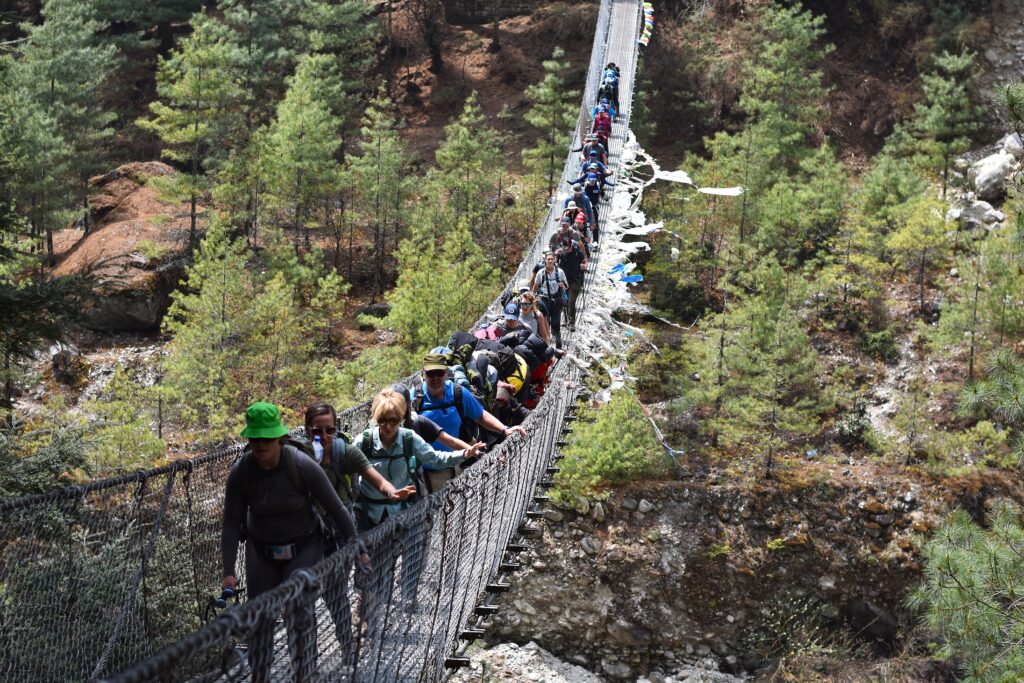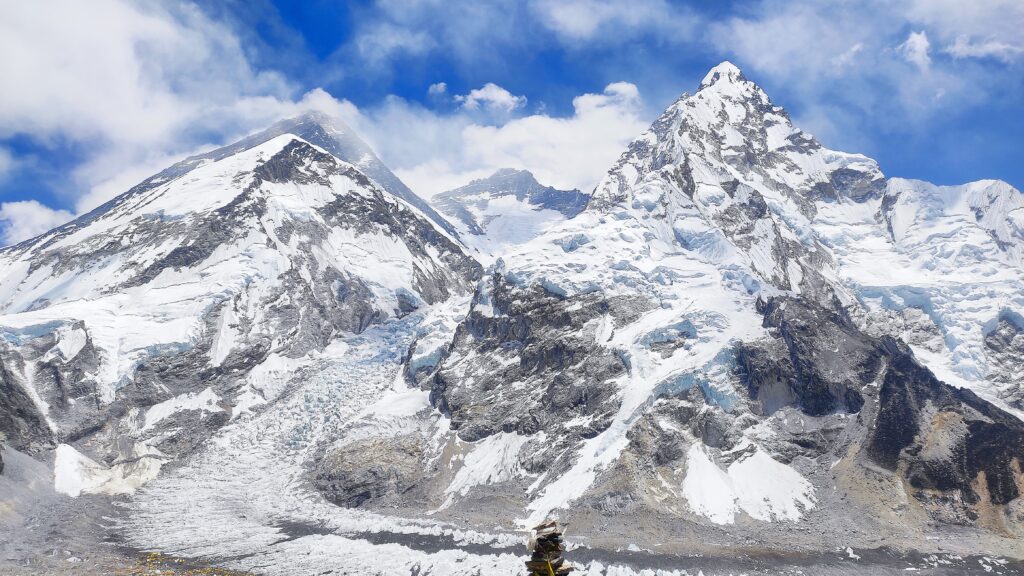Everest Base Camp Trek: Preparation Guide
Feb 11 2025

Introduction
Embarking on the Everest Base Camp (EBC) Trek is a thrilling adventure that requires careful planning and preparation. Ensuring you are physically fit and equipped with the right gear can make the journey both enjoyable and successful. This guide covers essential training and preparation tips for your EBC trek.
- Physical Preparation
Cardiovascular Conditioning:
The EBC trek requires strong cardiovascular endurance due to the high altitude. Engage in aerobic exercises such as:
- Running or brisk walking
- Stair climbing or treadmill incline walking
- Cycling, rowing, or swimming for overall endurance
Aim for 3-4 sessions of at least 30 minutes per week, gradually increasing to 45-60 minutes as your trek approaches.
Strength Training:
Building strength, especially in your legs, core, and upper body, is crucial. Focus on:
- Squats, lunges, and step-ups for leg endurance
- Push-ups, pull-ups, and rows for upper body strength
- Core exercises like planks and sit-ups for stability
Incorporate two strength-training sessions per week, gradually increasing weights and repetitions.
Hiking-Specific Training:
Nothing prepares you better than hiking itself! Plan regular hikes with a backpack (7-10 kgs) to mimic trek conditions. Increase elevation gain over time to build endurance for steep ascents and descents.
Flexibility and Recovery:
Stretching is often overlooked but essential for preventing injuries. Focus on:
- Hamstrings, calves, quadriceps, and hip flexors
- Lower back and shoulders
- Yoga or foam rolling for muscle recovery
- Packing Essentials
Clothing:
- Moisture-wicking base layers
- Insulating layers (fleece/down jacket)
- Waterproof and windproof outer layers
- Thermal gloves and hat
- Water bottle (1 Litre, 2 nos)
Footwear:
- Well-broken-in trekking boots
- Wool or synthetic socks
- Lightweight camp shoes
Gear:
- Trekking poles for knee support
- Sleeping bag (rated for -10°C)
- Daypack (30-40L) with a hydration system
Miscellaneous:
- Sunglasses (UV protection, a polarized lens, and side shields) and sunscreen(SPF 50+)
- First aid kit and altitude sickness medication (optional)
- Snacks and electrolyte supplements
- Acclimatization and Altitude Awareness
The key to a successful trek is proper acclimatization. Follow these guidelines:
- Take it slow; ascend gradually
- Hydrate well (3-4 liters of water per day)
- Listen to your body; don’t ignore symptoms of altitude sickness
- Follow the trek itinerary with built-in acclimatization days
- Mental Preparation
Trekking at high altitudes is as much a mental challenge as a physical one. Prepare by:
- Practicing meditation or visualization techniques
- Setting realistic expectations
- Staying positive and embracing the journey
Conclusion
Preparing well for the Everest Base Camp trek ensures a safe, enjoyable, and memorable adventure. Follow a structured training plan, pack wisely, and acclimatize properly to make the most of this once-in-a-lifetime experience. Ready to take on the challenge? Start your training today and embark on this incredible journey with confidence!
Uncategorized
Latest Articles

Everest Base Camp Trek: An Adventure of a Lifetime
Everest Base Camp Trek: An Adventure of a Lifetime Embarking on the Everest Base Camp (EBC) trek is not just a journey; it’s an odyssey through some of the most spectacular landscapes on Earth.







